The manufacturing of Planar Lightwave Circuit (PLC) splitters involves several key processes to create precise and reliable optical devices. Here's an overview of the general manufacturing technology used for PLC splitters:
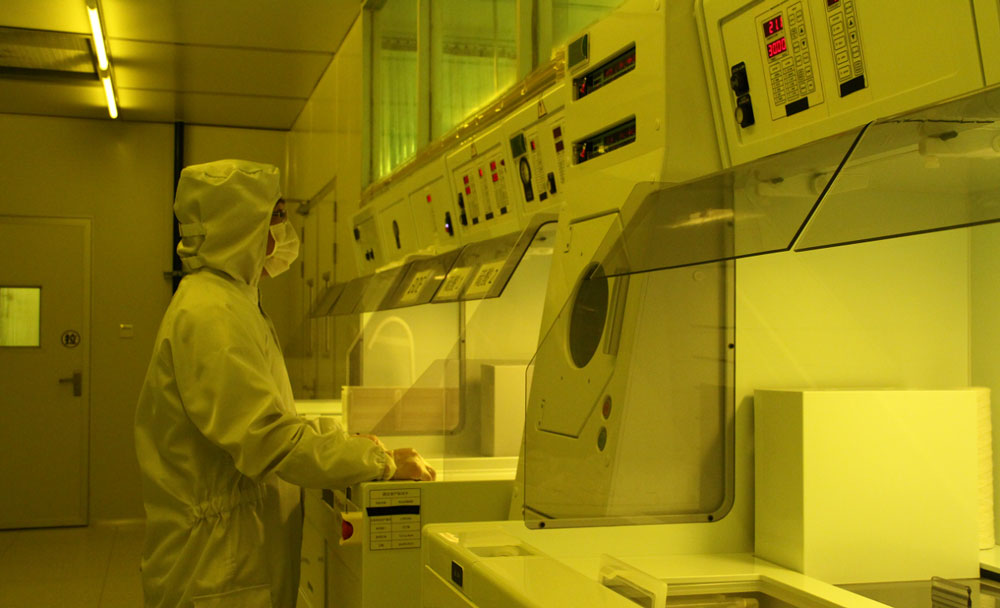
Substrate Preparation:
The manufacturing process begins with the preparation of a substrate, which is typically made of silica glass. This substrate will serve as the foundation for the waveguide circuits.
Photolithography:
Photolithography is a crucial step in creating the waveguide circuits. A photosensitive material is applied to the substrate, and a photomask with the desired circuit pattern is placed over it.
Ultraviolet light is then used to transfer the pattern onto the photosensitive material. This process defines the layout of the waveguides on the substrate.
Etching:
After the photolithography step, the substrate undergoes etching to remove the material not protected by the pattern. This creates the actual waveguide structures on the substrate.
Wet or dry etching techniques may be employed, depending on the specific requirements of the design.
Deposition of Waveguide Layers:
Additional layers may be deposited on the substrate to enhance the performance of the waveguides. These layers can include materials with specific refractive indices to optimize signal propagation.
Waveguide Formation:
The deposited layers are then patterned to form the actual waveguide structures. This step ensures that the optical signals are guided along the desired paths with minimal loss.


Splitter Design and Fabrication:
The design of the splitter configuration (1x2, 1x4, etc.) is integrated into the waveguide pattern. The splitting ratio is determined during this stage of the manufacturing process.
The lengths and shapes of the waveguides are precisely calculated to achieve the desired splitting characteristics.
Assembly and Packaging:
Once the waveguide circuits are fabricated, the PLC splitter chip is assembled and packaged. This involves connecting the input and output fibers to the waveguide circuits.
Packaging is essential to protect the delicate components from environmental factors and to ensure consistent and reliable performance.
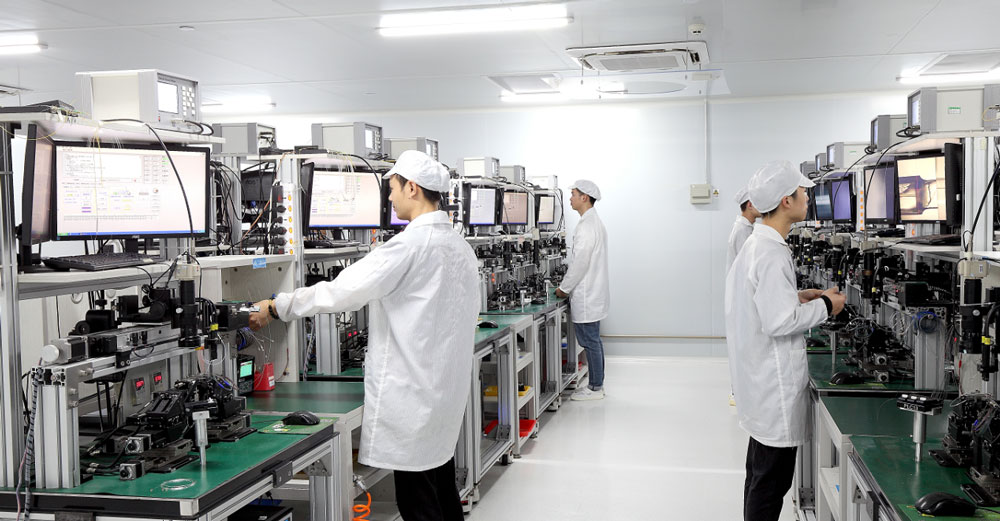
Testing and Quality Control:
PLC splitters undergo rigorous testing to ensure that they meet specified performance criteria. This includes testing for insertion loss, return loss, uniformity of splitting, and other key parameters.
Quality control measures are implemented throughout the manufacturing process to identify and address any defects or deviations from the design specifications.
Final Inspection and Calibration:
Before the PLC splitters are released for commercial use, a final inspection is conducted. This includes calibration to guarantee that the actual performance matches the intended design.
It's important to note that PLC splitter manufacturing involves precision and control to achieve the desired optical characteristics. The fabrication process is often conducted in cleanroom environments to minimize the risk of contaminants that could affect the performance of the optical components. Additionally, advancements in manufacturing technology continue to improve the efficiency and precision of the PLC splitter production process.

 Fiber Optic Flex Circuit (FOFC)
Advanced Simulation & Optimization, High Positioning Accuracy, Flexible Customization, Rigorous Reliability Testing
Fiber Optic Flex Circuit (FOFC)
Advanced Simulation & Optimization, High Positioning Accuracy, Flexible Customization, Rigorous Reliability Testing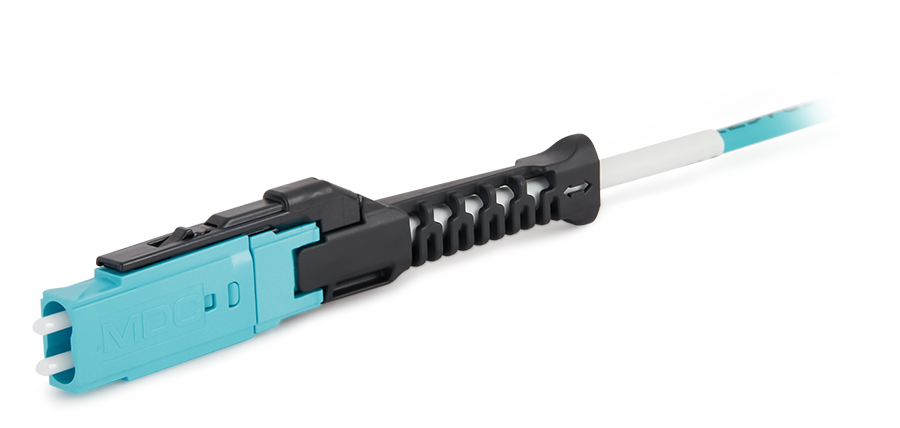 MDC Solution
US Conec's MDC connector is a Very Small Form Factor (VSFF) duplex optical connector, expertly designed for terminating single-mode and multimode fiber cables with diameters up to 2.0mm.
MDC Solution
US Conec's MDC connector is a Very Small Form Factor (VSFF) duplex optical connector, expertly designed for terminating single-mode and multimode fiber cables with diameters up to 2.0mm.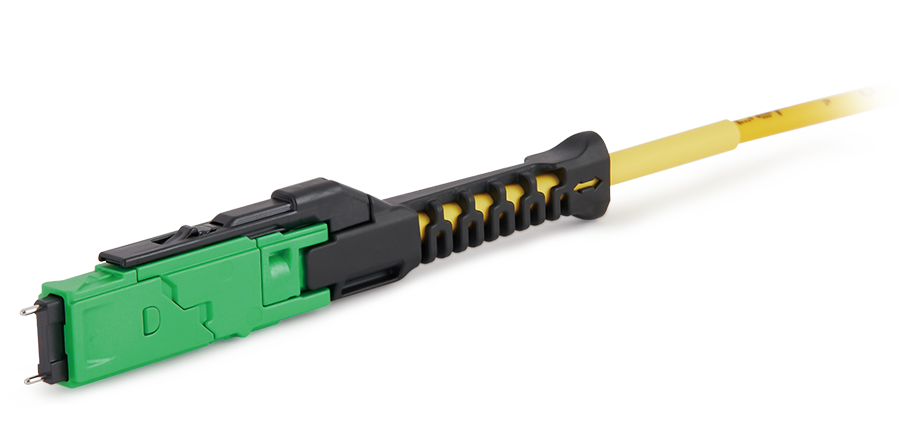 MMC Solution
US Conec's Very Small Form Factor (VSFF) multi-fiber optical connector that redefines high-density connectivity with its cutting-edge TMT ferrule technology and intuitive Direct-Conec™ push-pull boot design.
MMC Solution
US Conec's Very Small Form Factor (VSFF) multi-fiber optical connector that redefines high-density connectivity with its cutting-edge TMT ferrule technology and intuitive Direct-Conec™ push-pull boot design. EN
EN
 jp
jp  fr
fr  es
es  it
it  ru
ru  pt
pt  ar
ar  el
el  nl
nl 





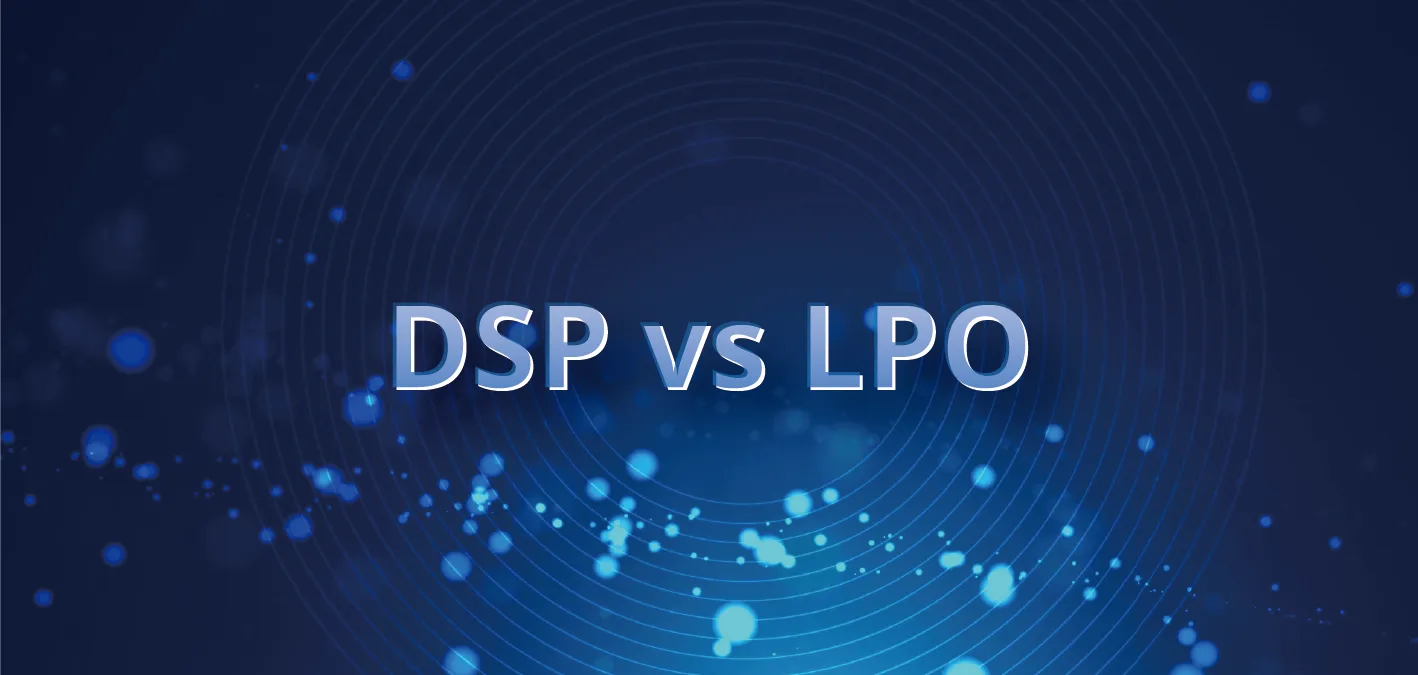
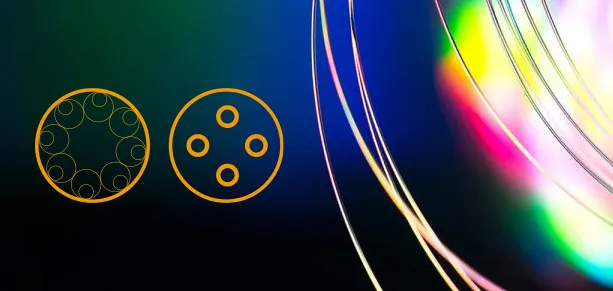
_and_High-Reflection_(HR)_Optical_Coatings.webp)
